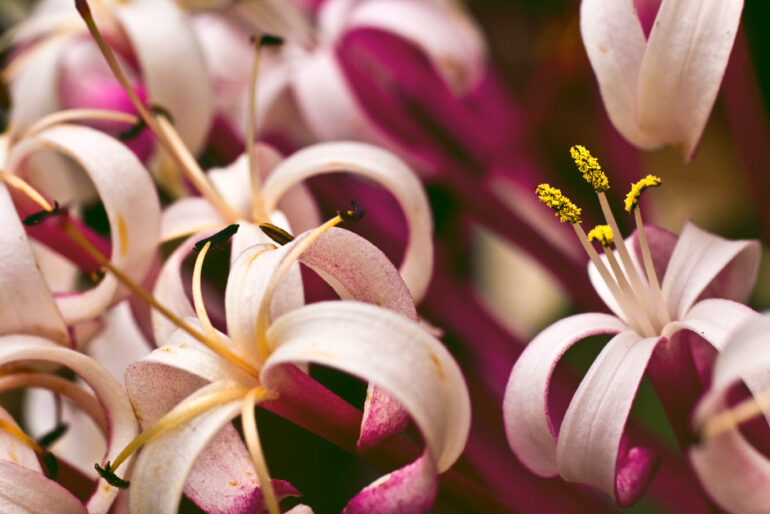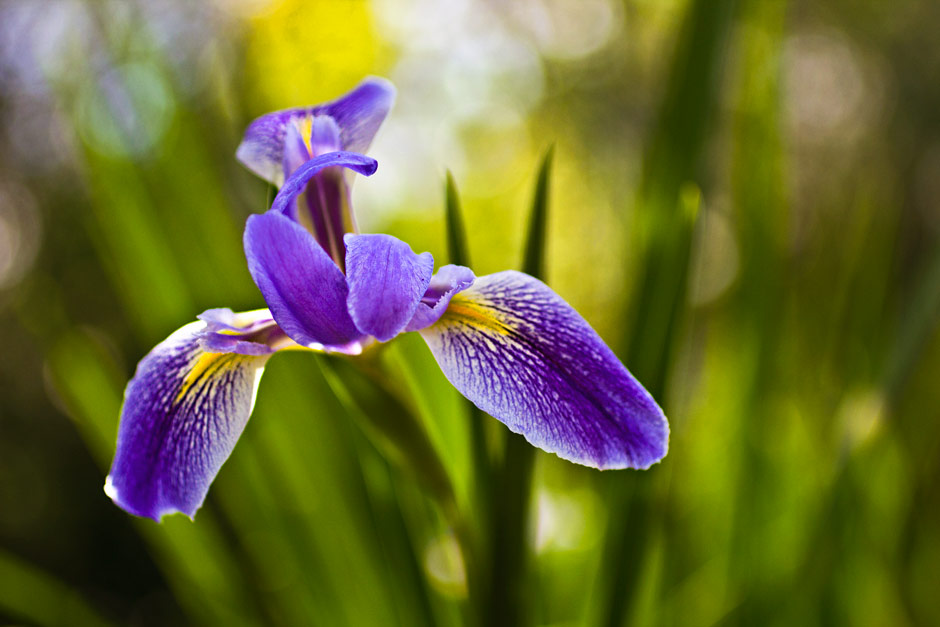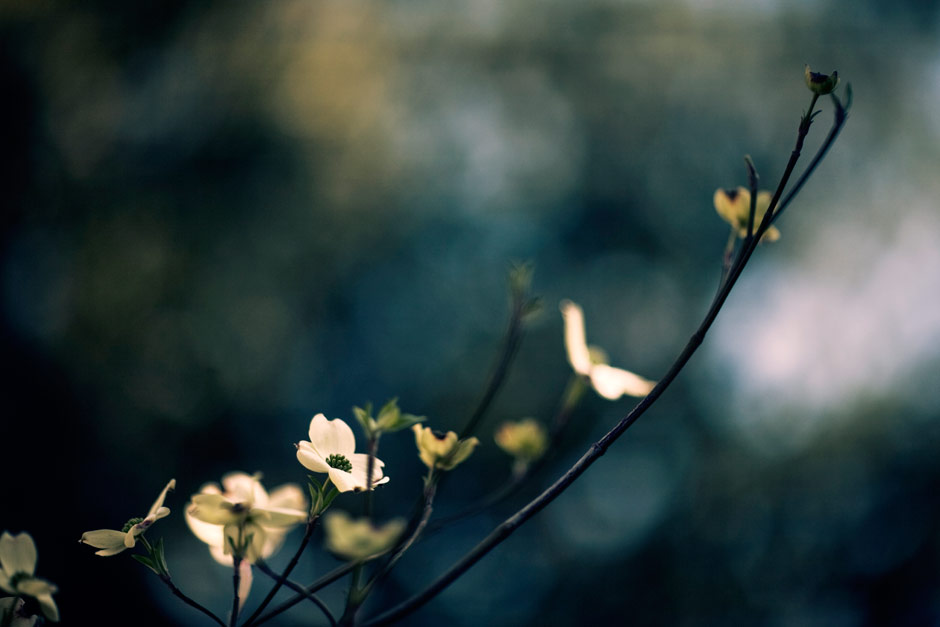We may earn a commission when you purchase through affiliate links. Learn more.
Flowers are one of nature’s best gifts to photographers. They come in every imaginable shape, size, and color and can be found in deserts, jungles, and even on the Arctic tundra. With a few easy to implement tips, your flower photos will turn out better than ever!
If you’re new to photography and want to start with the basics first, be sure to read some of the lessons in the Beginner’s Course!
1. Get up Close and Personal
With a few exceptions, flowers are tiny! For the best visual effect, get as close to the flowers as your lens will allow! If your lens won’t let you get close enough to fill the frame, you can always crop your shots later so that the flowers are positioned exactly the way you want them in your photo.
2. Use a Tripod & Manually Focus your Lens
A steady camera supported on a tripod can greatly improve the sharpness of your images and using manual focus in conjunction with a tripod can help ensure that the right part of the flower is in sharp focus. A camera’s autofocus system might lock onto the edge of a flower petal, whereas you might want the pollen covered stamen in the center of the flower to be the sharpest part of the photo. To fine tune your focus even more manually, many cameras allow you to zoom in while using Live View.
3. Take Multiple Frames
To make sure that you have the sharpest photo possible, especially when you’re not using a tripod, or when you’re shooting on a windy day or very close to the flowers with a shallow depth of field, take 3 or 4 shots in a row — one of them will usually be noticeably sharper than the others, and you increase your chances of getting the perfect shot.
4. Keep your Background Soft and Simple
If you’re in a garden, field, or forest it can be tricky to find a background that isn’t filled with distractions. A great way to deal with this is to use a shallow depth of field! This means that only your subject will be in sharp focus and everything in the background will be softly blurred. You’ll want to use a fast lens — this means that it has a large maximum aperture, letting in lots of light and also giving you a shallow depth of field. Even when using a shallow depth of field you should still try to keep your background uncluttered and take careful note of the background’s color. To really understand what you’re doing and how this works take a look at these three tutorials on Aperture, F-Stop and Depth of Field, and Bokeh.
5. Make the Flowers Pop
A background that is lighter or darker than the flowers can help to create great contrast and really helps to make the flowers stand out. The further the background is from the flowers, the easier it will be to obtain a shallow depth of field that the flowers stand out against.



